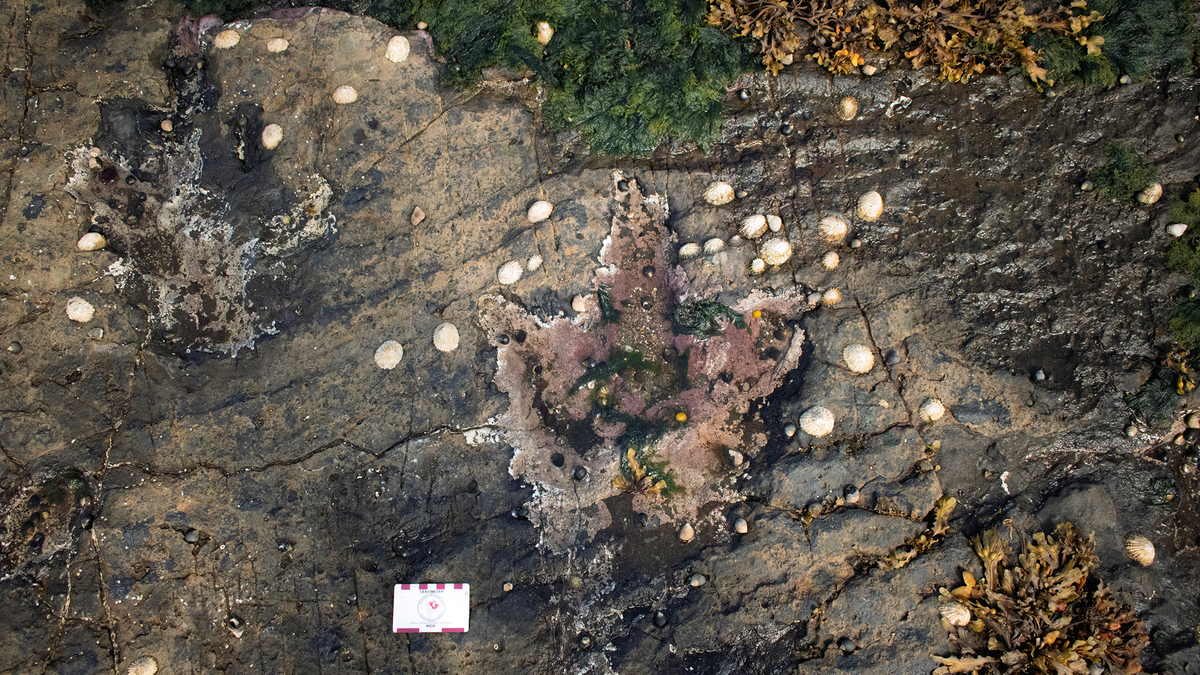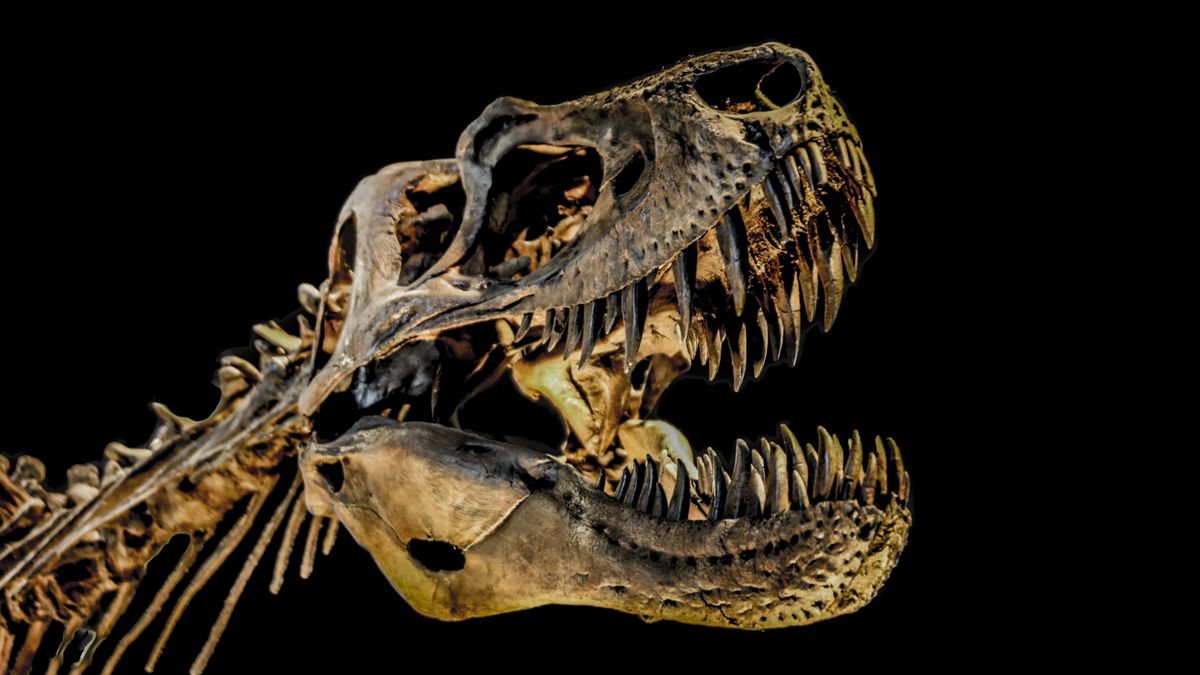Now Reading: Dinosaur Footprints on Isle of Skye Uncover Jurassic Secrets
-
01
Dinosaur Footprints on Isle of Skye Uncover Jurassic Secrets
Dinosaur Footprints on Isle of Skye Uncover Jurassic Secrets

Fast Summary
- Researchers discovered 131 dinosaur footprints on the Isle of Skye,Scotland,dating back to the Middle Jurassic (168.3-166.1 million years ago).
- The tracks belong to at least two species: theropods (carnivorous predators like Tyrannosaurus rex) and sauropods (herbivorous, long-necked dinosaurs like Brontosaurus).
- Theropod footprints feature three distinct toes with preserved claw impressions, while sauropod prints are circular.
- In total:
– Theropod tracks = 65
– Sauropod tracks = 58
– Unidentified = 8.
- Some trackways extend up to 40 feet; footprint sizes range from roughly 10-24 inches wide.
- Patterns in the site suggest milling behavior – undirected movement – rather than breeding or organized activity.
- Fossil preservation was due to rapid burial by sediment under shallow water conditions in a lagoon environment near a shoreline.
- Previous misidentifications labeled some sauropod footprints as fish burrows during earlier studies from the ’80s.
- Researchers documented four distinct types of theropod prints and suspect at least one additional species responsible for similar footprints.
Key Quotes:
Tone Blakesley noted about paleontology’s unpredictable discoveries with tides affecting fossil finds: “This is what happens in paleontology – you pack up and leave, then you find the best thing.”
Images:
- Artistic reconstruction showing dinosaurs milling about on Skye ~168 million years ago. (Credit: Tone Blakesley, Scott Reid)
- Digital representations of theropod trackways with detailed outlines. (Credit: Tone Blakesley)
!Digital Track Representations
Indian Opinion Analysis
This discovery underscores how fossils found outside excavation centers can offer critical data about prehistoric ecosystems. For India’s scientific community-wich continues broader efforts in paleontology through domestic sites such as Rajasthan’s jaisalmer basin-studies like these provide comparative frameworks that may aid local research initiatives into India’s own dinosaur-rich environments during approximately corresponding geochronological periods.
Additionally, lessons on interdisciplinary methodologies exhibited here-revisiting misidentified features from past studies using advanced imaging techniques-highlight areas where Indian researchers coudl make breakthroughs by revisiting prior data or cross-validating fossil interpretations more accurately over time.
Lastly, this illustrates how timely identification matters; otherwise preservation chances recede dramatically due to environmental erosion-a literal reminder applicable for safeguarding known fossil-rich regions across geographies globally while balancing ecological conservation needs at forefront policies expanding core historic study zones within frameworks handled locally




























